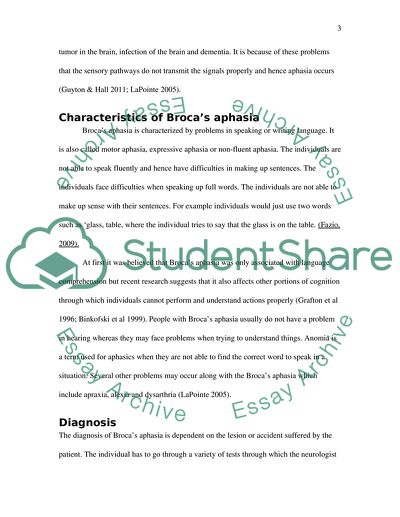Cite this document
(“Broca's Aphasia Treatment - Response Elaboration Training (RET) Research Paper”, n.d.)
Broca's Aphasia Treatment - Response Elaboration Training (RET) Research Paper. Retrieved from https://studentshare.org/miscellaneous/1572079-brocas-aphasia-treatment-response-elaboration-training-ret
Broca's Aphasia Treatment - Response Elaboration Training (RET) Research Paper. Retrieved from https://studentshare.org/miscellaneous/1572079-brocas-aphasia-treatment-response-elaboration-training-ret
(Broca'S Aphasia Treatment - Response Elaboration Training (RET) Research Paper)
Broca'S Aphasia Treatment - Response Elaboration Training (RET) Research Paper. https://studentshare.org/miscellaneous/1572079-brocas-aphasia-treatment-response-elaboration-training-ret.
Broca'S Aphasia Treatment - Response Elaboration Training (RET) Research Paper. https://studentshare.org/miscellaneous/1572079-brocas-aphasia-treatment-response-elaboration-training-ret.
“Broca'S Aphasia Treatment - Response Elaboration Training (RET) Research Paper”, n.d. https://studentshare.org/miscellaneous/1572079-brocas-aphasia-treatment-response-elaboration-training-ret.


